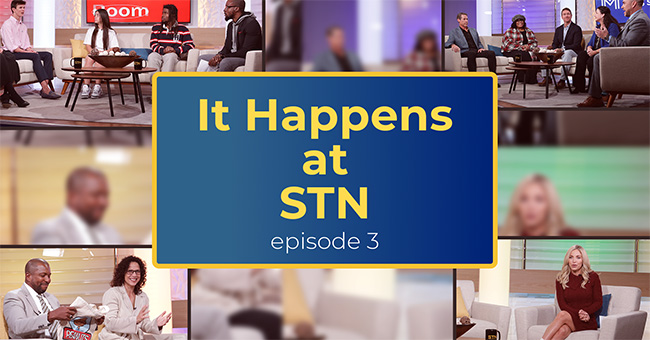With all the proactive planning and boots-on-the-ground work STN’s community partners are known for when it comes to addressing systemic homelessness, one over-arching question continues to be asked: Is homelessness in our community something we can solve?
Despite all that is being done, the issue is getting worse. The numbers are going up. There are more tents on the streets.
This month’s McQuaid Mission takes on that topic and attempts to answer that question in a heartfelt and meaningful way. The group also talks about solutions that have been proven to work and what might be keeping success from spreading.
Action Panelists
Amy Schwabenlender
Exec. Dir. – Human Services Campus
Jackson Fonder
CEO – UMOM
Letticia Brown-Gambino
Chief Program Officer – UMOM
Mike Shore
CEO – HOM, Inc.
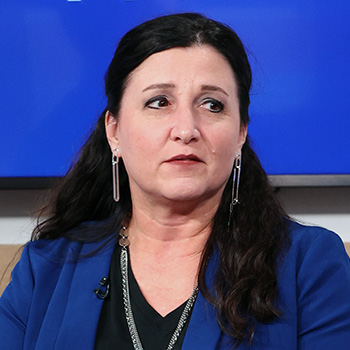
Does a solution exist?
The answer is yes if we look at the systems that create the conditions where people are unhoused. If we create a space for people to hear the realities of homelessness and listen to the solutions. We know the solutions.
When we look at the numbers, we have thousands of people every day. Yes, a thousand people looks intractable. For those of us working at the Human Services Campus, we see that thousand people every day. We see another sheltered 900 people. We see what that looks like. It doesn’t mean homelessness is an intractable problem that we cannot solve as a community.
Numbers game
When we take the numbers at a grander scale and think about over a year, less than one-half of 1% of all the people that live in Maricopa County will experience homelessness. That’s a solvable problem.
We’re not talking about 500,000 people experiencing homelessness. We’re not talking about a hundred thousand people. So we’re talking about a number that is solvable by our community, and our business partners. People are solving bigger problems than that every single day.
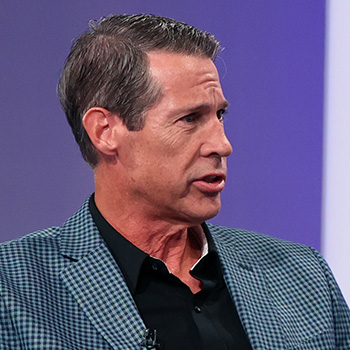
Help is available
We hear it a lot on this show through time: Homelessness is a complex issue. It is a simple word that is massively complex. It requires coordination, almost like an orchestra. There are a lot of cooks in the kitchen. There are a lot of entities, there are a lot of homeless service providers.
A matter of will
There has got to be political will. There has got to be There’s got to be the courage to get it done. There’s got to be more housing.
Some of the things we don’t like to ask: is not is it solvable? Do people really wanna solve it? Do we have the courage to solve this problem? And right now it looks like the answer is no.
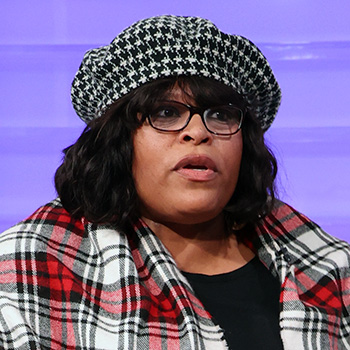
Business assistance
If you’re a business owner, think about every homeless individual that may be looking for a job. Think of yourself as an employer. UMOM has a workforce development team, and we constantly look for employers that want to give our families and individuals a hand up. A second chance. Think about us when you have that open position.
Community partnerships
To any other community provider, any other agency that’s outside of homeless services that wants to assist, think about becoming a partner. Call us. Partner with us. Bring your services on-site. They’re needed. They’re essential.
So a partner is something that we welcome and we believe that income plus housing will end homelessness. It is solvable. I believe it is solvable. But again, we have to have the will to do so. I have hope. I keep hope alive all the time. I wouldn’t be able to do this work if I didn’t have hope because I’m so close to the ground. So having that hope and the will to get it done, I think it is solvable.
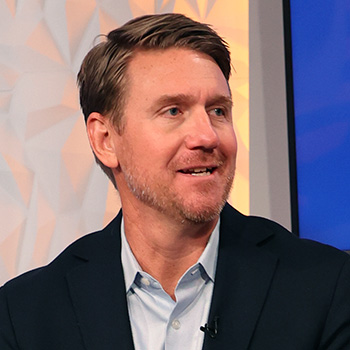
Build on progress
It’s easy to get cynical and to start to question. But too many people are counting on us to believe. Not just believe, but dream about what’s possible. What’s next? What else can we do? How can we innovate? The moment I start to hesitate on that answer, it’s over. I’m out. We need to believe. So I do.
Every day we’re seeing some tremendous progress. I’m not so pollyannish to not recognize the pretty major systemic and market-driven forces that are headwinds against us. We have the need for much more political and societal will to end this problem.
We need more coordination at every level across multiple systems. We need more resources. It is a money issue at the end of the day so we can take these housing and support services that are grounded in evidence to scale.
Real-world evidence
In the past 12 months since October 2021, the number of people that we are helping to house with folks like UMOM, Community Bridges, A New Leaf, Save the Family, and Arizona Behavorial Health Corporation, HOM Inc. contracts with those agencies to support individuals and families getting back into permanent housing in the community with permanent supportive housing, rapid rehousing and other interventions.
We used to house about 70 people per month, newly-admitted people, into the program off the streets, out of shelters. We’re at about 132 right now for the last 12 months. So we’ve nearly doubled the housing rate. That’s a huge deal.
There’s still room to squeeze some more efficiency out of the system but we need bigger solutions than just working harder and faster and stronger.


